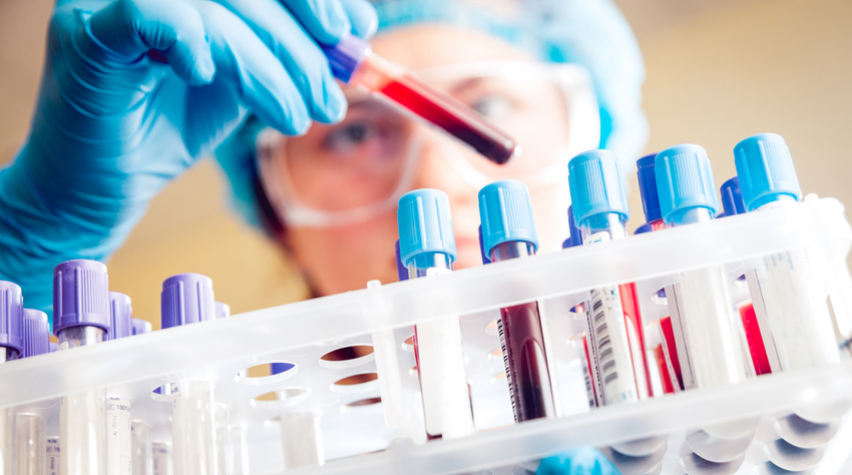
A new type of biosensor that relies on graphene could revolutionize the diagnosis of various medical conditions, according to researchers at Grainger College of Engineering at Illinois. The researchers have devised a way of incorporating crumpled graphene, which is ten thousand times more sensitive to nucleic acids.
Ultrasensitive biosensors could redefine medical testing
The sensor can detect ultra-low concentrations of disease markers in a patient's blood or serum, and graphene's low cost make the sensor attractive for potential development and widespread use.
Many other techniques used to boost graphene’s electronic properties have involved carefully crafted nanoscale structures. Rather than fabricate special structures, the Illinois group simply stretched out a thin sheet of plastic, laid the graphene on top of it, then released the tension in the plastic, causing the graphene to retract and form a crumpled surface.
According to researchers, their new technique has produced the highest sensitivity ever reported for electrical detection of a biomolecule, requiring only a few molecules as opposed to tens of thousands, as with other existing biosensors.
Why crumpled graphene works so well
The cavities in the crumpled graphene's surface act as electrical hotspots, attracting and trapping DNA and RNA molecules. And unlike a flat surface, the concave regions allow more surface contact with the molecule.
In addition, crumpling the graphene creates a strain in the material that changes its electrical properties, inducing a bandgap – an energy barrier that electrons must overcome to flow through the material – that makes it more sensitive to the electrical charges on the DNA and RNA molecules.
Learn more
To find out more about this advance in biosensors, see the researchers' news release as well as their published findings.


